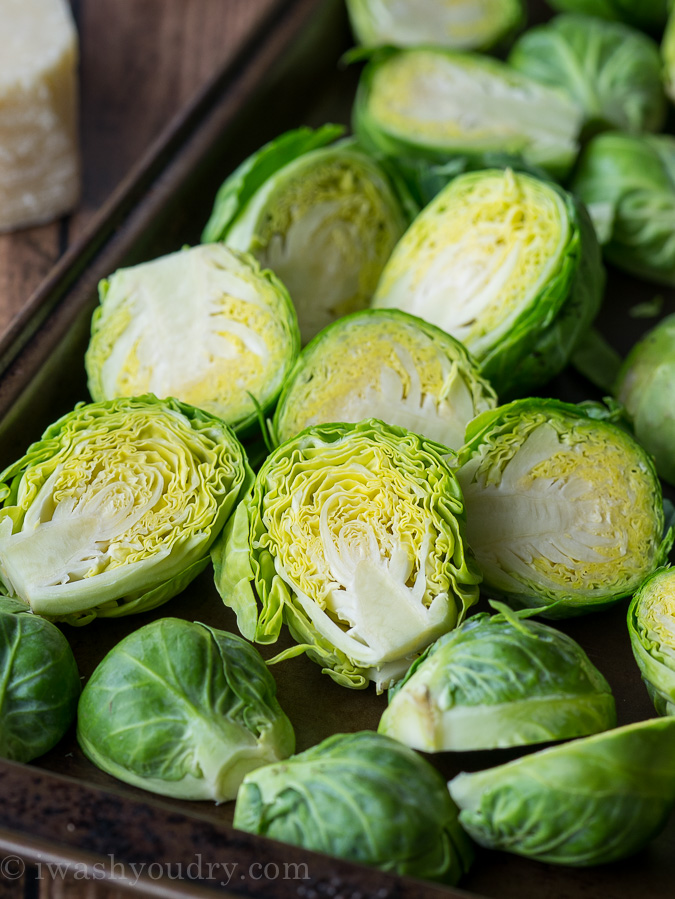My Name is Jesse Zalk. I live in San Jose with my mother, father, and dog that is cuter then Colin's. The rest of my family lives in Israel, and we visit them around once a year. Sometimes they fly out but very rarely. Most of the time though I'm in San Jose.
Gardening isn't a huge part of my life but I definitely have participated in it in the past. In the back yard of our house my mom would grow various plants, such as kale, asparagus, and celery, along with a lemon tree. In the front we grow Asian Pears, which spring ever summer and are very delicious. While we still grow the Asian Pears, a lot of our pseudo-gardens have been abandoned. But the past memories I have growing and watering the plants with my family are good ones.
The person in my life that I've always associated with gardening is my mother. It was her idea to start a garden, and was always involved in those things. She was the one always tending to the gardens and such. Now the garden isn't exactly thriving, but whenever I do anything related I always think of her.
Also Brussel Sprouts are DELICIOUS and you're incorrect if you think otherwise
 |
| Click here for my favorite recipe! Click here for a photo of me! |
Comments
Post a Comment